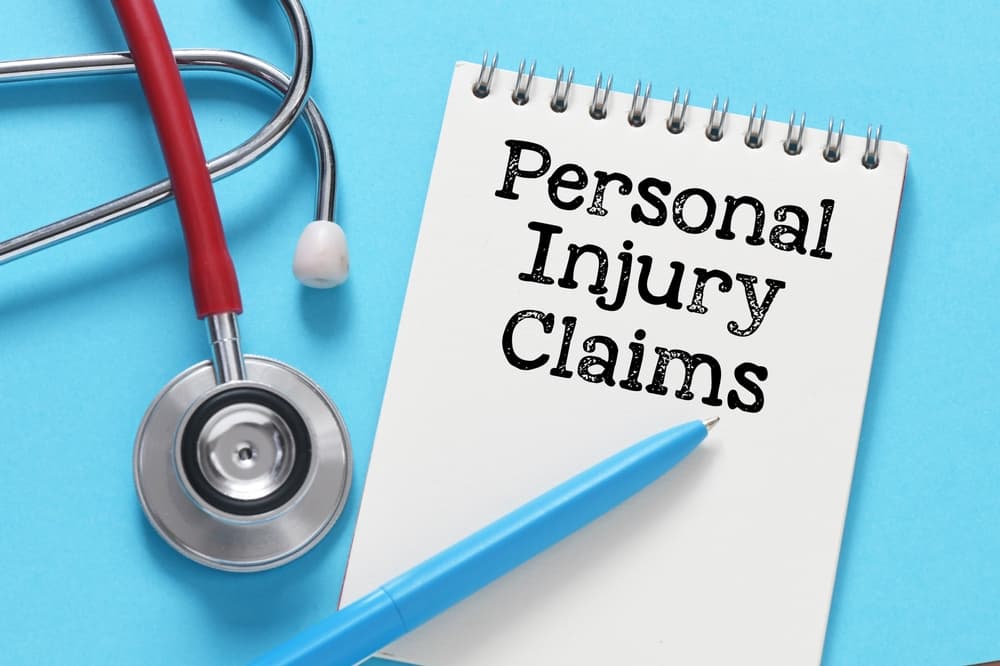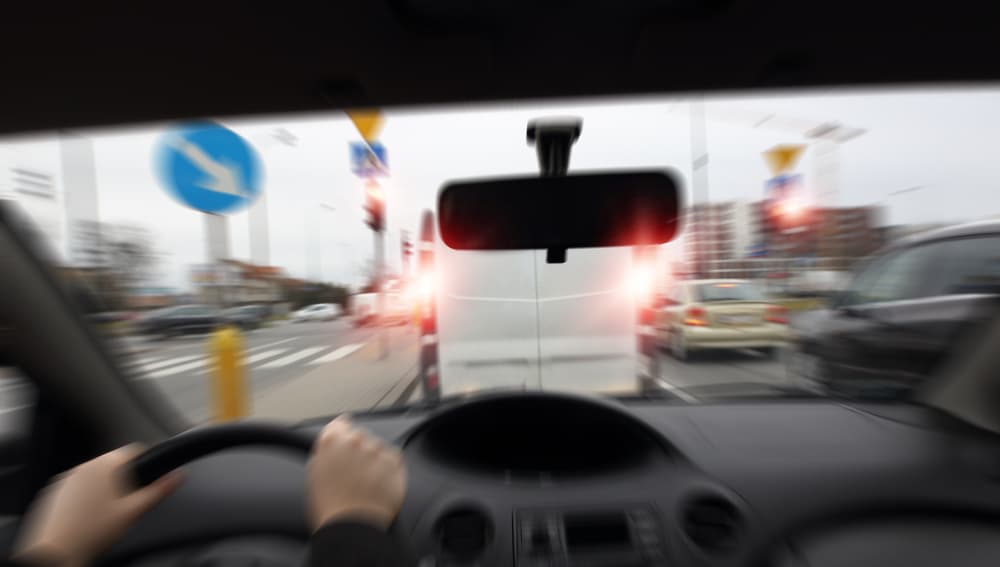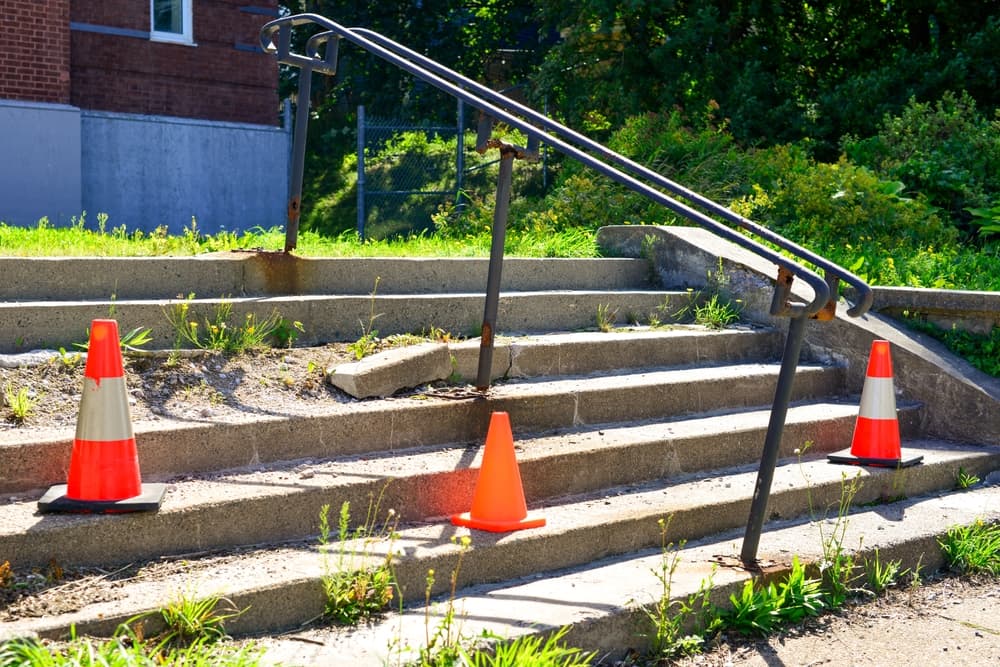Serious accidents – including motor vehicle collisions and premises accidents – often happen when others are careless and reckless. The total value of a personal injury claim or lawsuit depends upon many factors, including the severity of injuries, accident circumstances, and available insurance coverage.
A knowledgeable Edmonton car accident lawyer can handle every step of your case for you and work to secure the compensation you deserve for your losses.
Injuries that Happen in Car Crashes and Premises Accidents

Some of the most prevalent injuries resulting from negligence in car accidents and premises accidents include:
- Fractures – Car crashes and slip and falls can result in bone fractures, ranging from minor to severe breaks. Fractures commonly affect limbs, ribs, and the spine, requiring medical attention and rehabilitation and potentially causing long-term disabilities.
- Whiplash – Often seen in car accidents, whiplash occurs when the victim’s head is forcefully jerked back and forth suddenly, straining the neck muscles and ligaments. Symptoms may include neck pain, stiffness, and headaches, affecting daily activities and quality of life.
- Head Injuries – Negligent behaviour on the road or in premises maintenance can also lead to head injuries, such as concussions or traumatic brain injuries (TBIs). These injuries can have lasting effects on cognitive function, memory, and emotional well-being, requiring extensive imaging studies and medical treatment.
- Soft Tissue Injuries – Accidents may also cause damage to soft tissues like muscles, tendons, and ligaments, resulting in chronic pain and reduced mobility. Soft tissue injuries may require physical therapy and long-term management to alleviate symptoms and prevent further medical complications.
- Spinal Cord Injuries – Negligence in driving or premises upkeep can also lead to accidents, which cause spinal cord damage, causing paralysis or loss of sensation below the injury site.
- Burns – Car or truck accidents may also result in fires or explosions, causing severe burns. Burn injuries can be physically and emotionally traumatic, requiring extensive medical treatment, skin grafts, and psychological support for recovery.
- Traumatic Amputations – Injured accident victims may also need to undergo traumatic amputations, causing permanent loss of limbs and significant life alterations. Individuals may require prosthetics and extensive rehabilitation to regain their independence and mobility.
- Psychological Trauma – Car crashes and premises accidents can also result in psychological trauma, including depression, anxiety, and post-traumatic stress disorder (PTSD). Mental health support and therapy are essential for individuals coping with the emotional aftermath of negligence-based accidents.
If you suffered any of these injuries in a recent car crash or premises accident, an experienced personal injury lawyer in your area can help.
Your lawyer can promptly investigate the occurrence, gather important evidence, and begin assembling the necessary documentation into a settlement demand package for the at-fault party’s insurance company to review.
Determining the Fair Value of a Car Accident or Premises Liability Claim
Determining the potential value of a car accident or premises liability claim involves considering various factors to assess the victim’s damages.
Here are some key factors to consider when evaluating the likely value of a personal injury claim or lawsuit:
- Lost Income – Lost income damages compensate accident victims for the income they lost while attending medical appointments and recovering from their injuries. This includes income missed during the initial recovery period as well as any future loss of earning capacity if the injury affects the individual’s ability to work in the long term.
- Past and Future Pain and Suffering – Non-economic damages, such as pain and suffering, emotional distress, and loss of life enjoyment, are harder to quantify, but they are an essential component of the case’s value. Your lawyer will consider the severity of the injury, its effect on daily life, and overall prognosis when assessing this aspect of damages.
- Permanent Disability or Disfigurement – If the injury results in permanent disability or disfigurement, the value of the case may increase significantly to account for the long-term effects on the individual’s life and earning potential.
- Insurance Coverage – Accident victims must evaluate the insurance coverage available, both from the defendant’s liability insurance and the injured party’s own insurance policies, to determine the maximum amount of compensation that may be recoverable.
- Legal Fees and Costs: Consider any legal fees and costs associated with pursuing the claim, as these will affect the net amount that the injured accident victim ultimately receives.
By carefully assessing these factors and consulting with legal professionals experienced in personal injury cases, individuals can gain a clearer understanding of the likely value of their car accident or premises liability case and pursue fair compensation for their losses.
How do Car Accidents and Premises Accidents Commonly Occur?
Local car accidents and premises accidents can result in serious physical and mental impairments.
Some of the most common causes of these occurrences include:

- Distracted Driving – One of the leading causes of car accidents is distracted driving. This occurs when drivers divert their attention from the road to activities such as talking on the phone, texting, adjusting the radio, drinking, or eating.
- Speeding – Driving at excessive speeds is another major cause of car accidents. When drivers exceed the posted speed limits or drive too fast for road conditions, they have less time to react to hazards and are more likely to lose control of their vehicles, leading to serious accidents.
- Impaired Driving – Operating a vehicle while under the influence of alcohol, drugs, or medications (both prescription and non-prescription) can affect a driver’s judgment, delay reaction time, and affect coordination, making it dangerous for both the impaired driver and others on the road.
- Reckless Driving – Reckless behaviours such as tailgating, aggressive lane changes, and ignoring traffic signals contribute to many car accidents. Drivers who engage in reckless driving disregard traffic laws – and the safety of others – putting everyone at risk of collisions and injuries.
- Poor Road Conditions – Neglected road maintenance, potholes, uneven surfaces, and inadequate signage can contribute to roadway accidents. These poorly maintained roads create hazards for drivers and increase the risk of collisions – especially during heavy traffic and adverse weather conditions.

- Unsafe Premises Conditions – Premises accidents often occur due to hazardous conditions, such as slippery floors, inadequate lighting, or obstacles in walkways. Property owners have a legal responsibility to maintain safe environments for visitors and occupants to prevent slip and fall accidents and injuries.
- Lack of Safety Measures on Premises – Failing to implement proper safety measures, such as installing guardrails, warning signs, or safety barriers, can lead to accidents both on the road and within premises. Proactive safety measures are essential for preventing accidents and minimizing risks to individuals.
- Defective Conditions on Premises – Property owners also have a duty to maintain the various structures on their premises, including staircases, handrails, escalators, and elevators. When they fail to do so, slip and falls and other serious accidents can occur.
If you suffered injuries in one of these types of motor vehicle accidents or premises accidents, you need to contact an experienced personal injury lawyer in your area right away. Your lawyer can swiftly investigate the circumstances of the accident and determine your legal options for moving forward.
What are the Elements of a Personal Injury Claim that an Accident Victim Must Prove?
In a personal injury claim arising from a car accident or premises accident, several legal elements must be established to prove liability and secure compensation.
These elements typically include:
- Duty of Care – The injured party must demonstrate that the at-fault party (or defendant) owed them a duty of care. For example, drivers have a duty to drive safely, and property owners have a duty to maintain a safe environment for visitors.
- Breach of the Legal Duty – The injured party must also successfully demonstrate that the defendant breached their duty of care by acting negligently or recklessly. This may involve behaviours such as speeding, distracted driving, or failing to address hazardous conditions on their property.
- Causation – The accident victim must further establish a direct link between the defendant’s breach of duty and the injuries which the victim sustained. This means proving that the defendant’s actions (or lack thereof) directly caused the accident and resulting harm.
- Damages – Finally, the accident victim must demonstrate that they suffered actual damages as a result of the accident. These damages may include lost income, pain and suffering, and emotional distress.
Evidence can support a personal injury claim, including:
- Eyewitness Testimony – Statements from individuals who witnessed the occurrence firsthand can provide valuable insight into exactly what happened and who was responsible.
- Medical Records – Documentation of the accident victim’s injuries, medical treatments received, and diagnosis can be used to show that the victim deserves a certain amount of compensation – including compensation for pain and suffering.
- Expert Opinions – Testimony from healthcare providers, accident reconstruction experts, or other professionals can lend credibility to the accident victim’s claims and clarify complex issues for the insurance company, judge, or jury.
- Accident Reports – Official reports filed by law enforcement or other authorities can provide important details about the circumstances of the accident and any citations issued (such as for reckless driving or drunk driving).
- Photographs/Video Footage – Visual evidence, including photographs or videos of the accident scene, vehicle damage, or hazardous conditions on the premises, can help recreate the events and legally demonstrate fault for the occurrence.
By gathering and presenting compelling evidence that addresses these legal elements, individuals pursuing a personal injury claim can strengthen their case and improve their chances of obtaining favourable compensation for their injuries.
Ways of Resolving a Personal Injury Case Favorably
Personal injury cases can resolve through several methods, each with its own advantages and considerations.
Here are the main ways of resolving a personal injury case favourably:
- Settlement – Most personal injury cases are resolved through settlement negotiations between the injured party (plaintiff) and the at-fault party (defendant) or their insurance company. In a settlement, the parties agree to a specific amount of compensation to resolve the case without going to trial. Settlements can often be reached more quickly – and with less expense – than going to trial, and they allow the parties to have more control over the outcome of their case.
- Trial – If a settlement is not reached, or if the plaintiff and defendant cannot agree on a fair amount of compensation, the case may proceed to trial. During a trial, both sides present evidence and arguments to a judge or jury, who will then determine fault and the amount of damages to be awarded. Trials can be lengthy and costly, but they may be necessary to secure fair compensation – particularly if liability is contested or the parties cannot agree on an appropriate settlement amount.
- Mediation – Mediation is a form of alternative dispute resolution (ADR) in which a neutral third party (the mediator) helps the parties negotiate a settlement. The mediator does not have the authority to impose a decision but assists the parties in reaching a mutually acceptable agreement. Mediation can be a less adversarial and more collaborative process than going to trial, and it allows the parties to explore creative solutions to their dispute.
- Binding Arbitration – Arbitration is another form of ADR in which a neutral third party (the arbitrator) hears evidence and arguments from both sides and makes a binding decision to resolve the case. Arbitration is often less formal and more expedient than a trial, but the arbitrator’s decision is final and cannot usually be appealed. Parties may agree to arbitration as part of a contract or may voluntarily choose arbitration to avoid the uncertainty and expense of litigation.
An experienced personal injury lawyer can help you decide whether to accept a pending settlement offer from the insurance company or pursue various litigation options in your case.
Speak to a Personal Injury Lawyer in Your Area Today about Your Options
An experienced Edmonton personal injury lawyer in your area will have the knowledge and skills necessary to maximize your total compensation award. Your lawyer can highlight the strengths of your case, introduce evidence on your behalf, and retain experts, in pursuit of a favorable settlement or litigation result.
